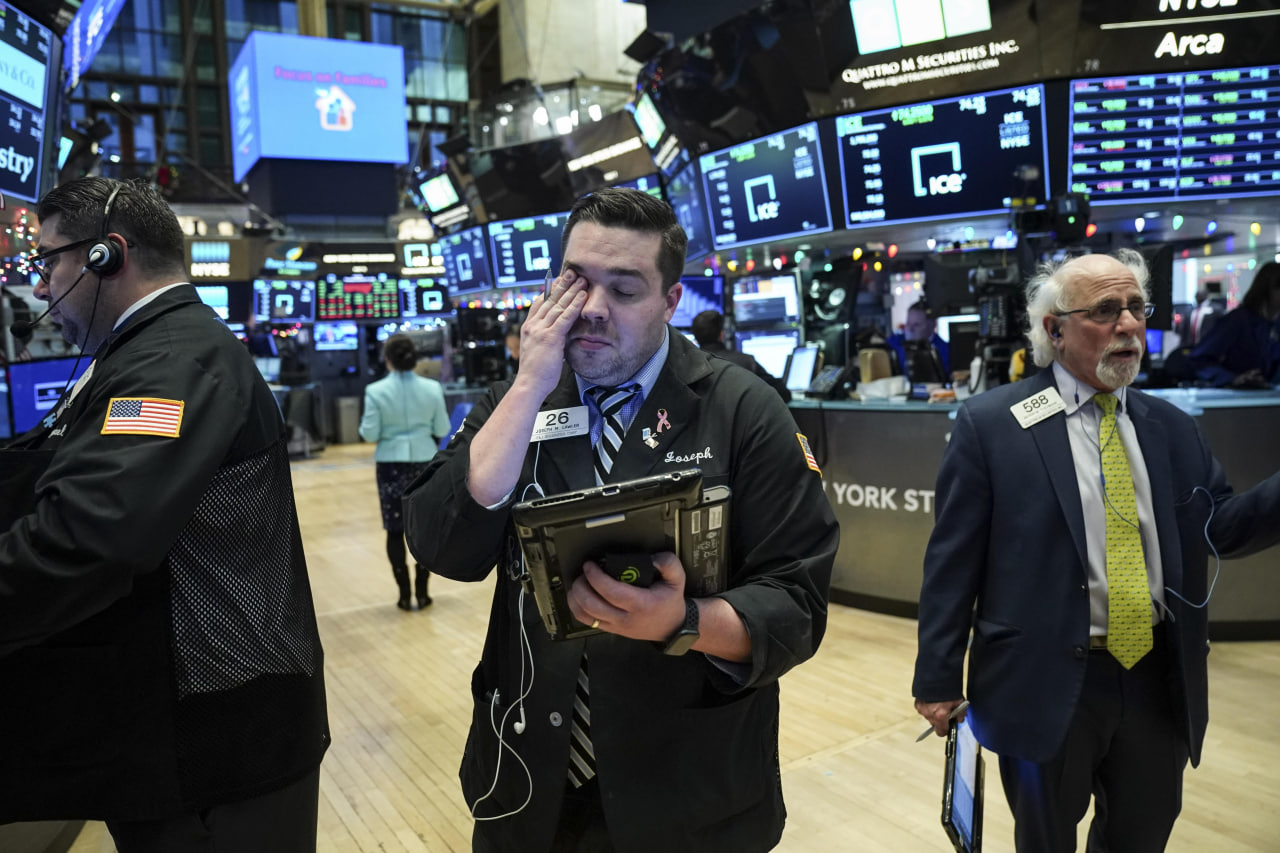France's Economic Outlook: A Deep Dive into the 2025-2029 Fiscal Plan
Meta Description: Analyzing France's ambitious long-term fiscal plan (2025-2029), projecting GDP growth, budget deficit reduction, and potential economic challenges. Expert insights and analysis included. #FrenchEconomy #FiscalPolicy #GDPGrowth #BudgetDeficit #EconomicForecast
Imagine this: You're a seasoned financial analyst, poring over complex economic data, searching for the hidden narratives within the numbers. You're not just looking at cold, hard facts; you're seeing the potential for growth, the risks lurking in the shadows, and the human stories behind the economic trends. That's the lens through which we'll examine France's newly unveiled long-term fiscal plan, covering the period from 2025 to 2029. This isn't just a dry recitation of figures; it's a journey into the heart of French economic policy, exploring the ambitious goals, the potential pitfalls, and the implications for French citizens and the global economy. We'll dissect the projected GDP growth rates, analyze the planned budget deficit reductions, and assess the realistic chances of achieving these targets. Get ready to unravel the complexities of French fiscal policy, and discover the untold story behind the numbers. This isn't your average economic report; it's a captivating narrative of ambition, challenges, and the future of a major European economy. Prepare for an in-depth, insightful, and human-centric analysis that goes beyond the headlines. Are you ready to dive in? Let's explore the intricacies of France's economic roadmap together! We'll uncover the key assumptions, analyze potential risks, and ultimately, offer a well-rounded perspective on the feasibility and impact of this ambitious plan. So buckle up – it's going to be a fascinating ride! This isn't just about numbers; it's about people, their livelihoods, and the future of France.
Projected GDP Growth in France (2025-2029)
The French government's long-term financial plan paints a picture of steady, albeit modest, economic growth. They are projecting a GDP growth of 1.1% in 2025, climbing to 1.4% in 2026, and settling at a consistent 1.5% for 2027 and 2028. These projections, while optimistic, are based on several key assumptions. Firstly, the plan assumes a continued recovery from the lingering effects of the COVID-19 pandemic and global economic uncertainties. Secondly, it relies on sustained domestic consumption and investment, factors which can be easily influenced by both internal and external factors. Thirdly, it projects favorable international trade conditions. However, global economic headwinds, including inflation, energy price volatility, and potential geopolitical instability, could easily derail these projections. It’s crucial to remember that these are projections, not guarantees. The actual figures could vary significantly depending on a myriad of factors beyond the government's control.
Let's be honest – predicting economic growth is a bit like predicting the weather – sometimes you get it right, sometimes you’re way off! The French government, like any other, is working with the best available data and models, but unforeseen circumstances can always throw a wrench into the works. Think about unexpected supply chain disruptions, sudden shifts in consumer behavior, or even a major unexpected global event. These are not accounted for in straightforward economic models.
To put this into perspective, let's compare France's projected growth to other major European economies. While a detailed comparison requires in-depth analysis of individual economic factors, it's worth noting that France's projected growth aligns broadly with forecasts for other EU nations, suggesting a relatively stable, albeit not spectacular, trajectory for the Eurozone as a whole. However, this stability is contingent upon many factors.
| Year | Projected GDP Growth (%) |
|---------|--------------------------|
| 2025 | 1.1 |
| 2026 | 1.4 |
| 2027 | 1.5 |
| 2028 | 1.5 |
| 2029 | (Not specified in initial report) |
This table provides a clear snapshot of the projected growth, highlighting the anticipated acceleration and subsequent stabilization. Further research is needed to fully grasp the nuances behind these projections. The absence of a projection for 2029 should also be noted.
Budget Deficit Reduction Strategy (2025-2029)
The plan also outlines a significant reduction in the budget deficit. The government aims to bring the deficit down from 5% of GDP in 2025 to a more manageable 2.8% by 2029. This ambitious goal hinges on a combination of fiscal consolidation measures and economic growth. The government plans to implement spending cuts in certain non-essential areas while simultaneously increasing revenue through targeted tax reforms and measures aimed at boosting economic productivity. However, the effectiveness of these measures relies heavily on the accuracy of their growth projections. If economic growth falls short of expectations, meeting the deficit reduction targets becomes exceedingly challenging, potentially necessitating further austerity measures or tax increases. This is a high-stakes gamble, and its success depends on a delicate balancing act.
The proposed measures include streamlining government bureaucracy, reforming social security systems, and promoting investments in sectors such as renewable energy and digital technology. The success of these endeavors will depend significantly on the cooperation of various stakeholders, including businesses, labor unions, and local governments. It's a Herculean task, and the government faces a steep uphill climb.
| Year | Projected Budget Deficit (% of GDP) |
|---------|------------------------------------|
| 2025 | 5.0 |
| 2026 | 4.6 |
| 2027 | 4.0 |
| 2028 | 3.3 |
| 2029 | 2.8 |
This table illustrates the ambitious trajectory planned for deficit reduction. The consistent decline shows a clear commitment to fiscal responsibility. However, external factors could significantly impact the realization of this plan.
Challenges and Risks to France's Economic Plan
While the plan presents a positive outlook, several challenges and risks could hinder its success. Firstly, geopolitical instability remains a significant concern. Global events beyond France's control can severely impact its economy, affecting both growth and the government's ability to meet its fiscal targets. Secondly, inflation continues to be a major headwind, potentially eroding consumer spending and increasing the cost of government programs. Thirdly, the success of the structural reforms planned by the government is far from guaranteed. The reforms may face resistance from various interest groups, and their implementation could take longer than anticipated. Fourthly, the accuracy of the growth projections themselves is debatable and depends on a number of assumptions that may not hold true in reality. Fifthly, the plan's success is also dependent on maintaining a stable and supportive international economic environment. Any significant downturn in the global economy could easily derail France's progress. It's a tightrope walk!
Frequently Asked Questions (FAQ)
Q1: How realistic are France’s GDP growth projections?
A1: The projections are ambitious but not unrealistic, given the current economic climate. However, they’re predicated on several assumptions, including a stable global economy and successful implementation of domestic reforms. Unforeseen events could easily alter these projections.
Q2: What are the main risks to the plan's success?
A2: Geopolitical instability, inflation, resistance to structural reforms, and unforeseen global economic downturns are all potential threats. A significant miss on GDP growth projections could also jeopardize the deficit reduction targets.
Q3: What are the key measures planned to reduce the budget deficit?
A3: The plan includes spending cuts, tax reforms, streamlining government bureaucracy, and investments in growth-promoting sectors.
Q4: How does this plan compare to those of other European nations?
A4: A detailed comparison requires a deeper dive into the plans of other nations. However, the projected growth rates are broadly in line with those of other major EU economies.
Q5: What are the social implications of this fiscal plan?
A5: The success (or failure) of the plan will undoubtedly impact social welfare programs, public services, and overall living standards. Further analysis is needed to fully understand the societal ramifications.
Q6: Where can I find more detailed information about this plan?
A6: The official website of the French Ministry of Economy and Finance should provide comprehensive details and supporting documentation.
Conclusion
France's long-term fiscal plan for 2025-2029 presents an ambitious vision of steady economic growth and significant deficit reduction. However, the plan’s success hinges on a confluence of favorable internal and external conditions. The projections, while optimistic, depend on several significant assumptions, and the risks are substantial. While the plan offers a roadmap for a stable and prosperous future, navigating the challenges ahead will require skillful policy implementation, adaptability, and a degree of luck. The coming years will be crucial in determining whether France can successfully achieve its ambitious goals. It’s a story still unfolding, and only time will tell the final chapter.



